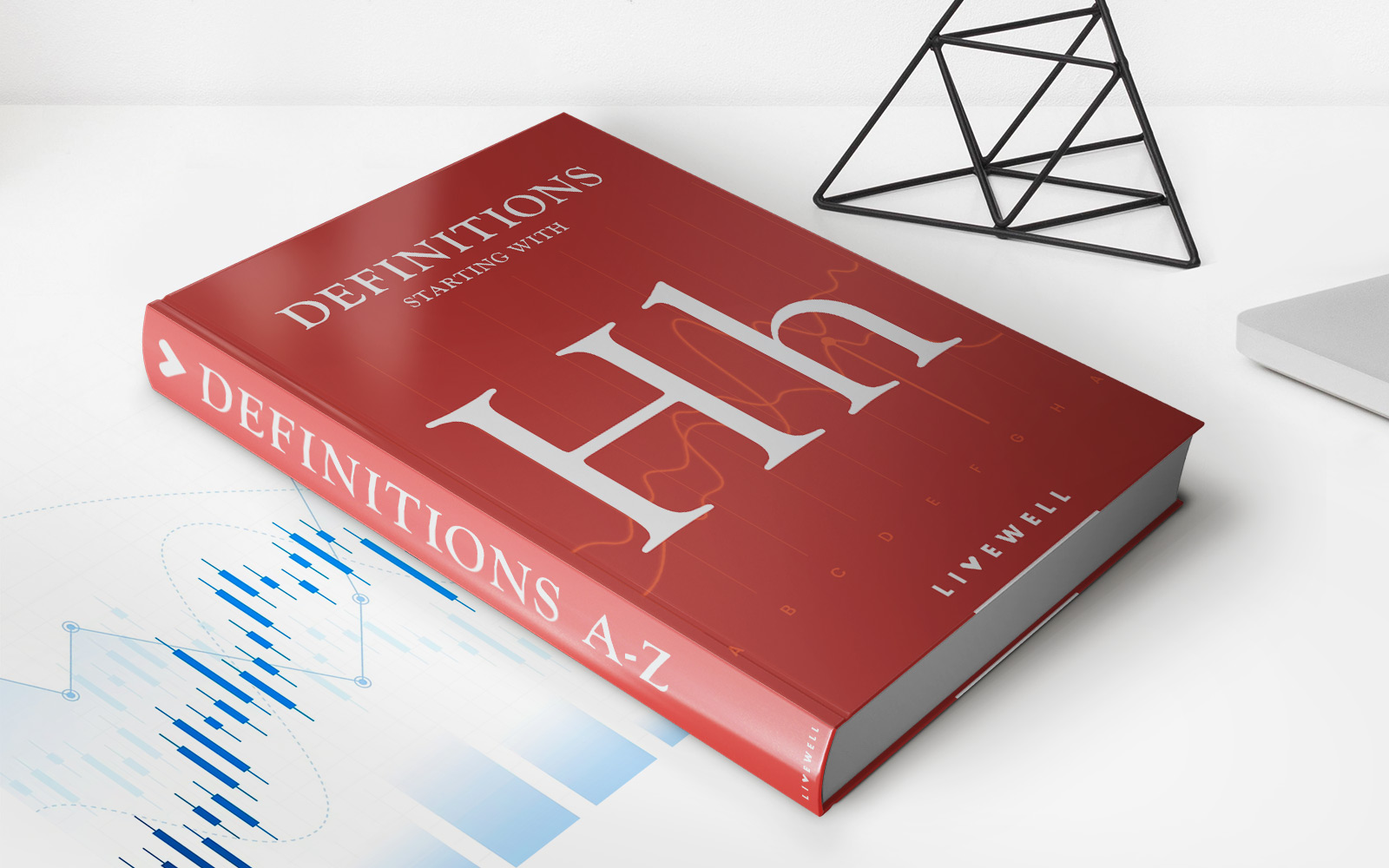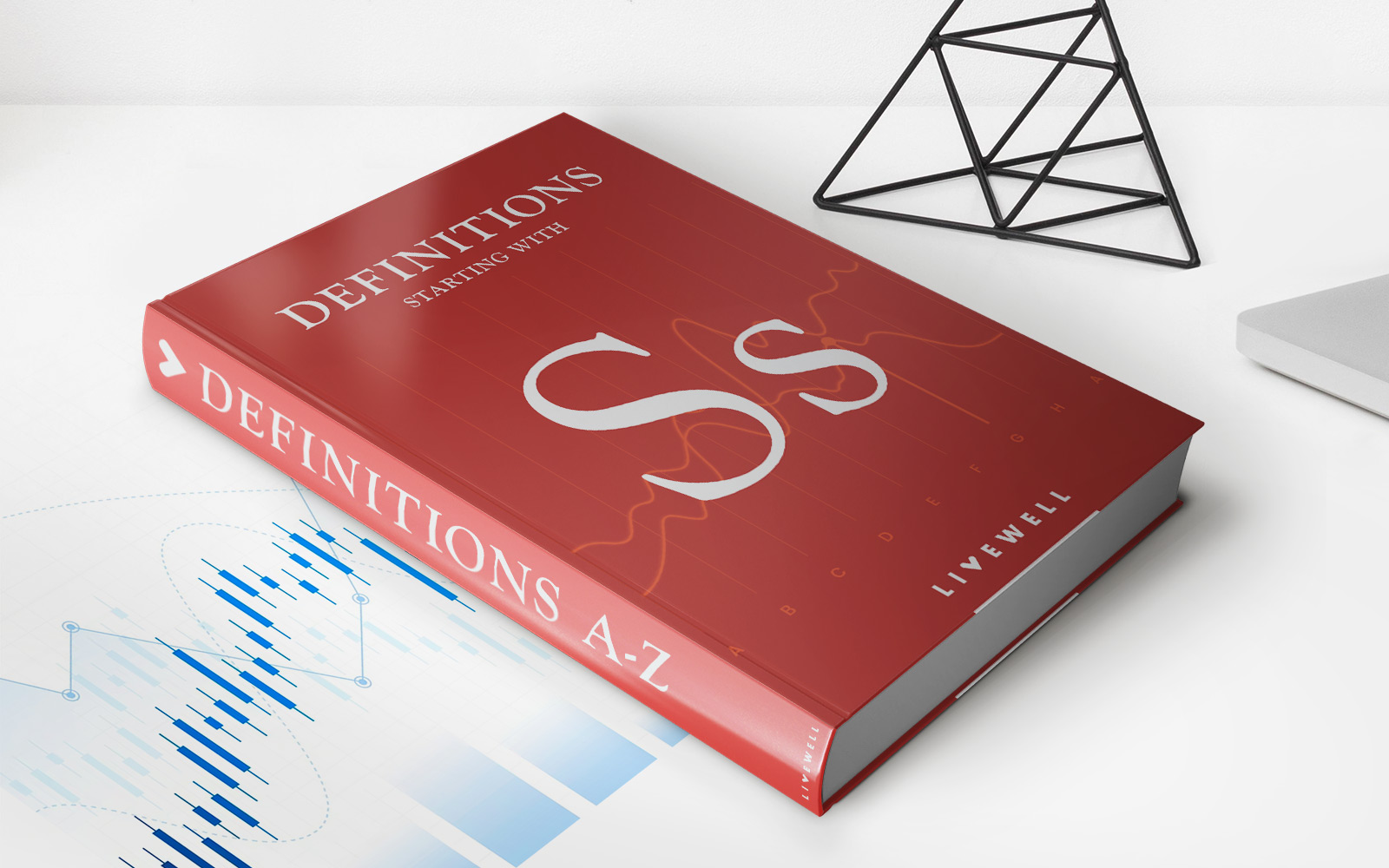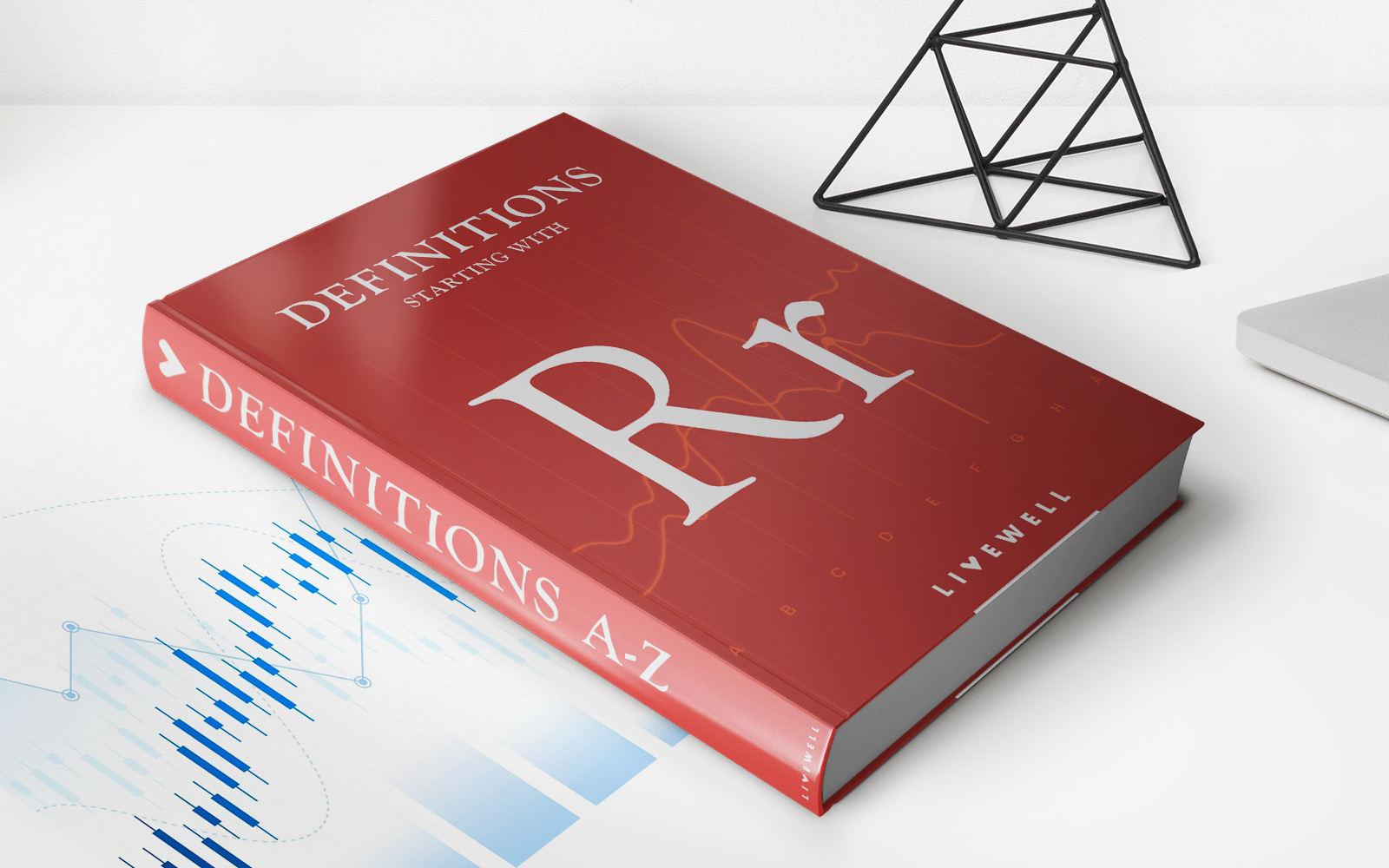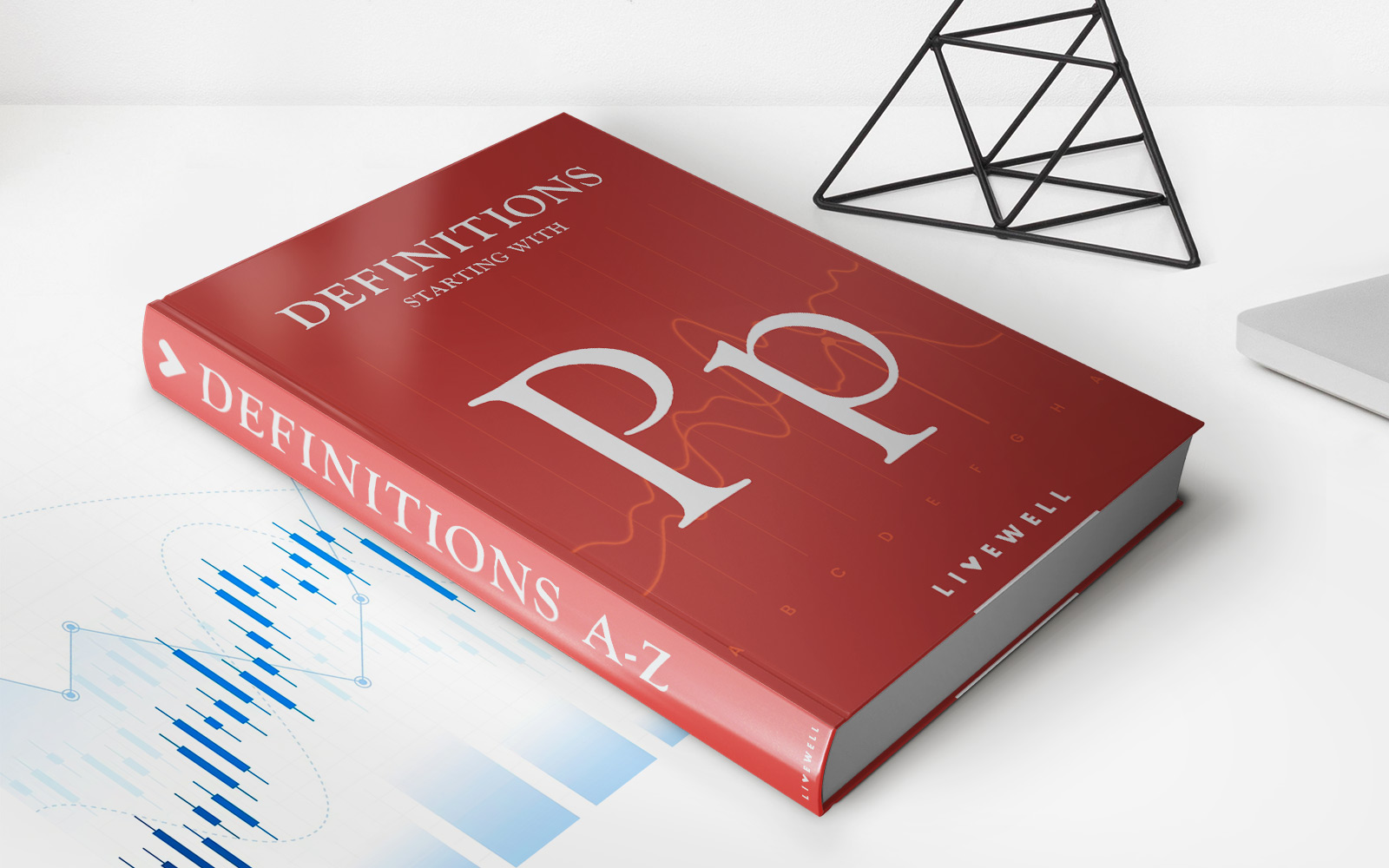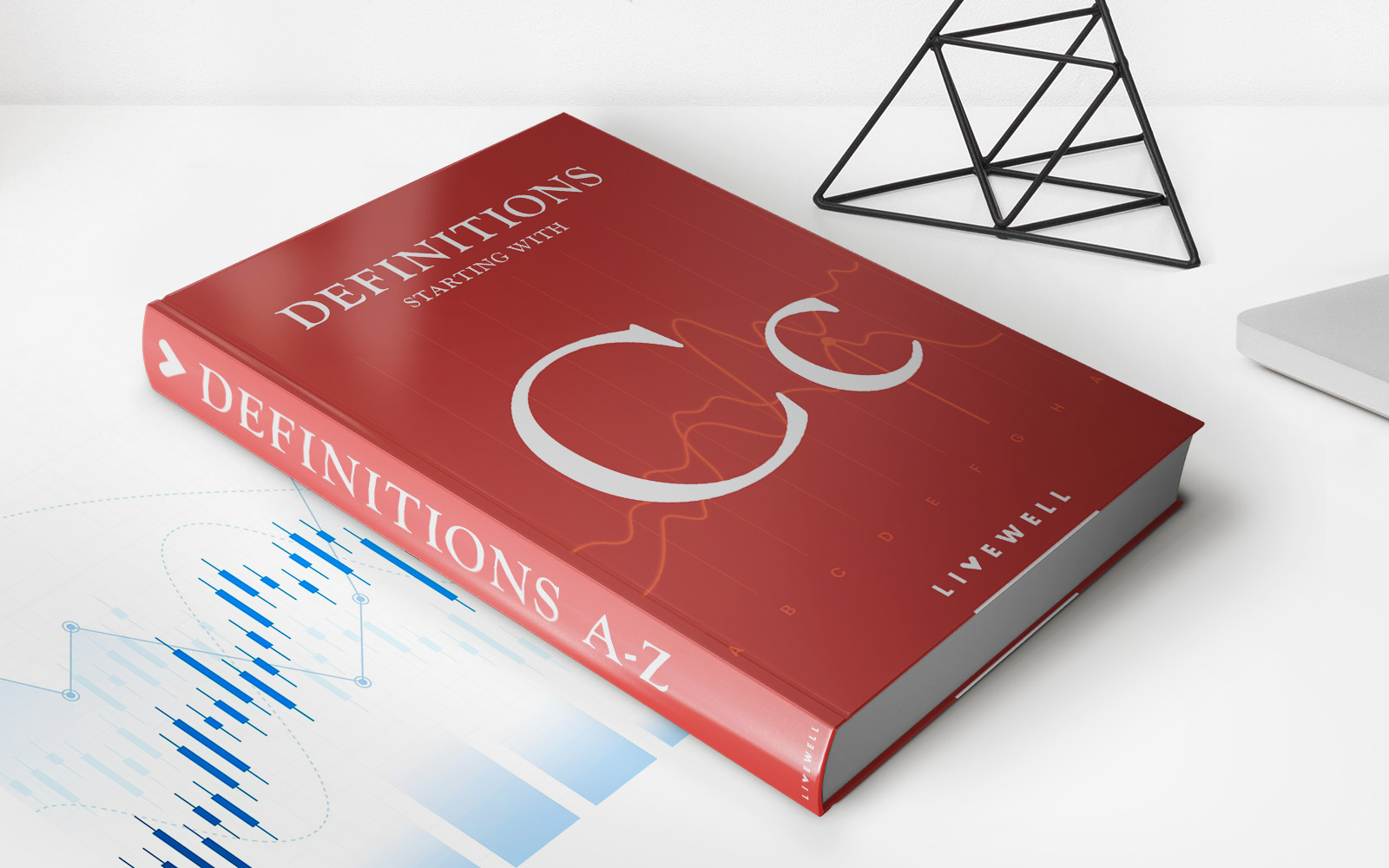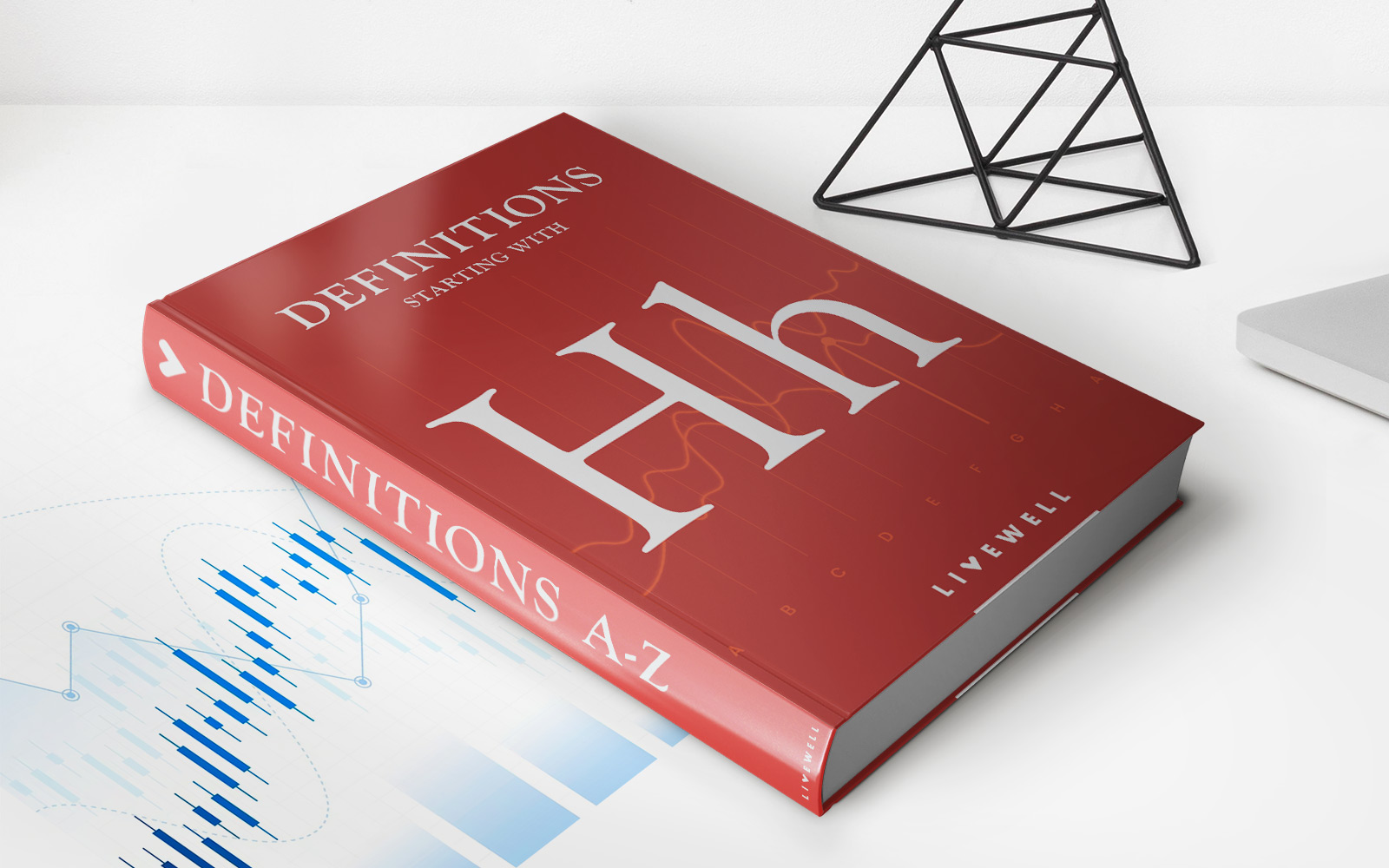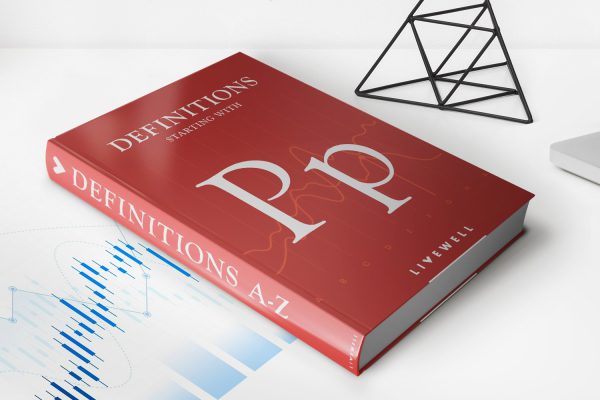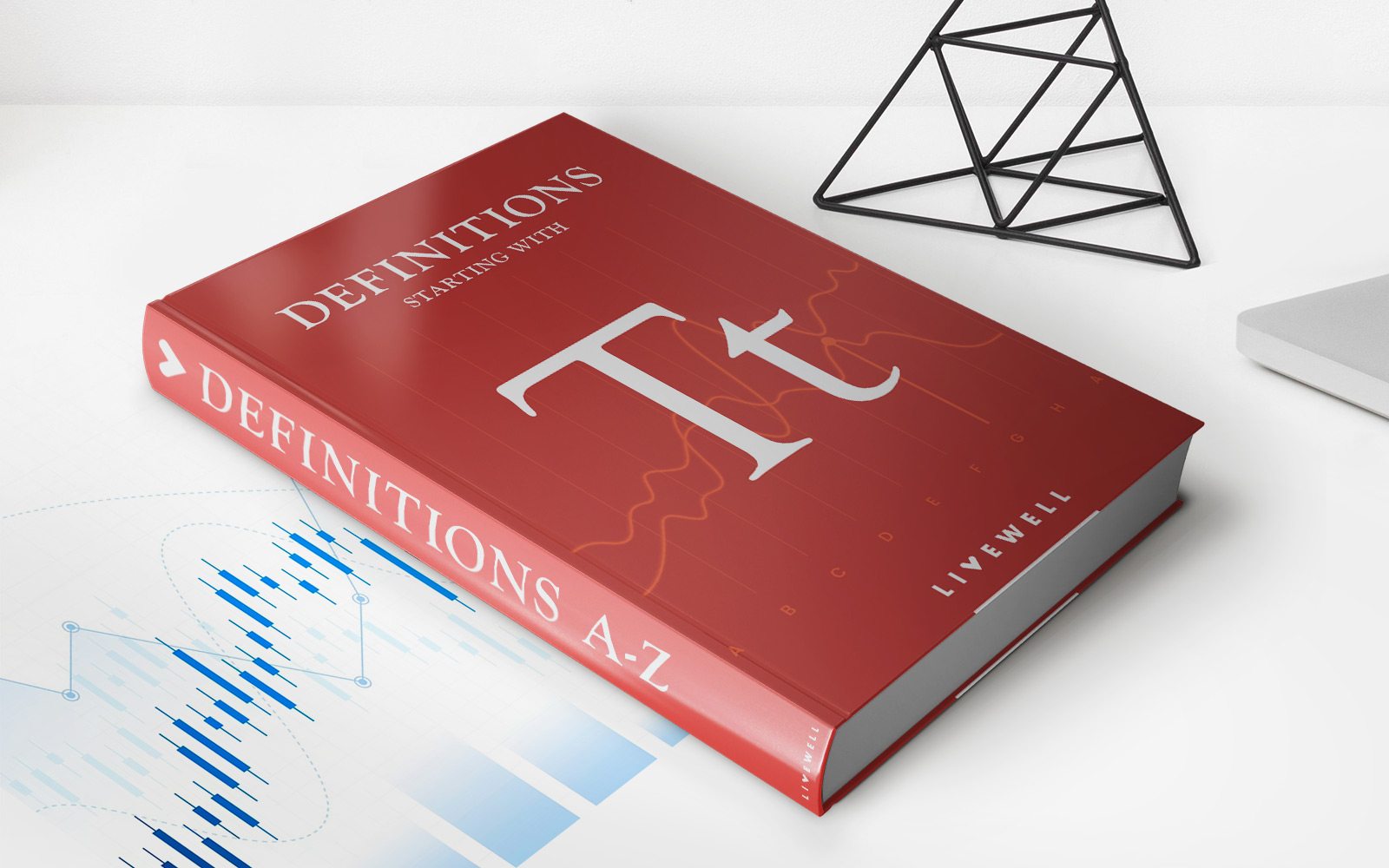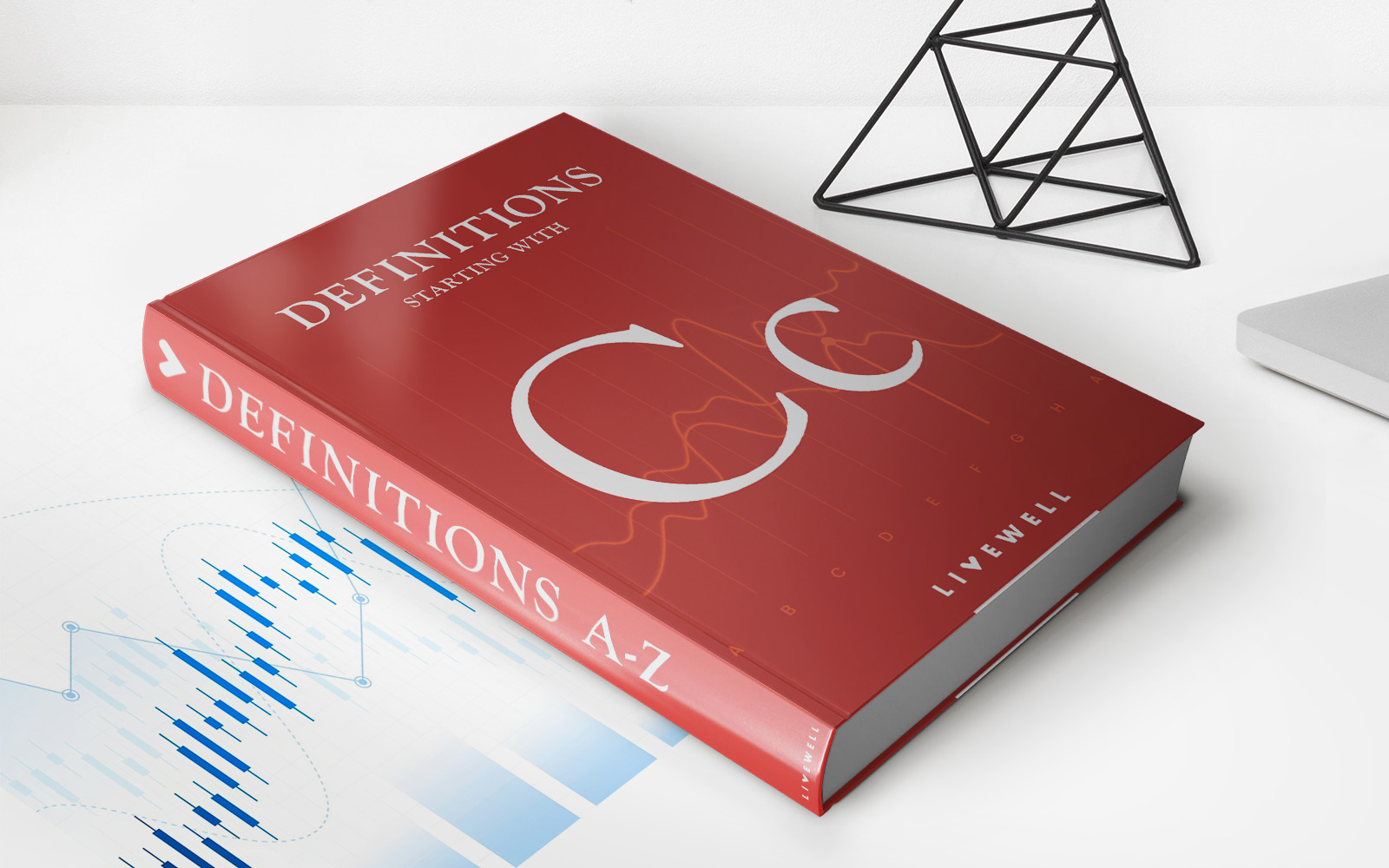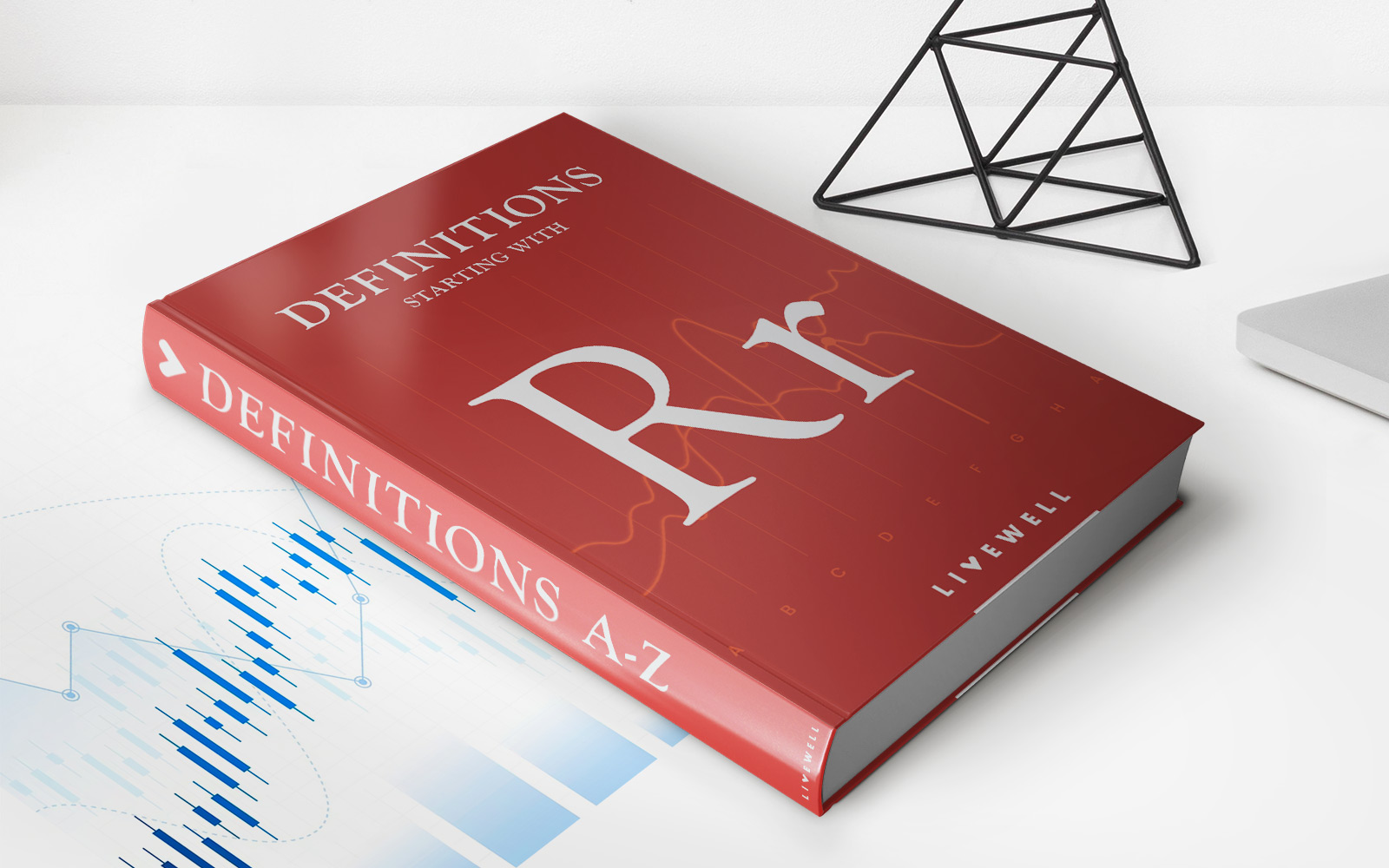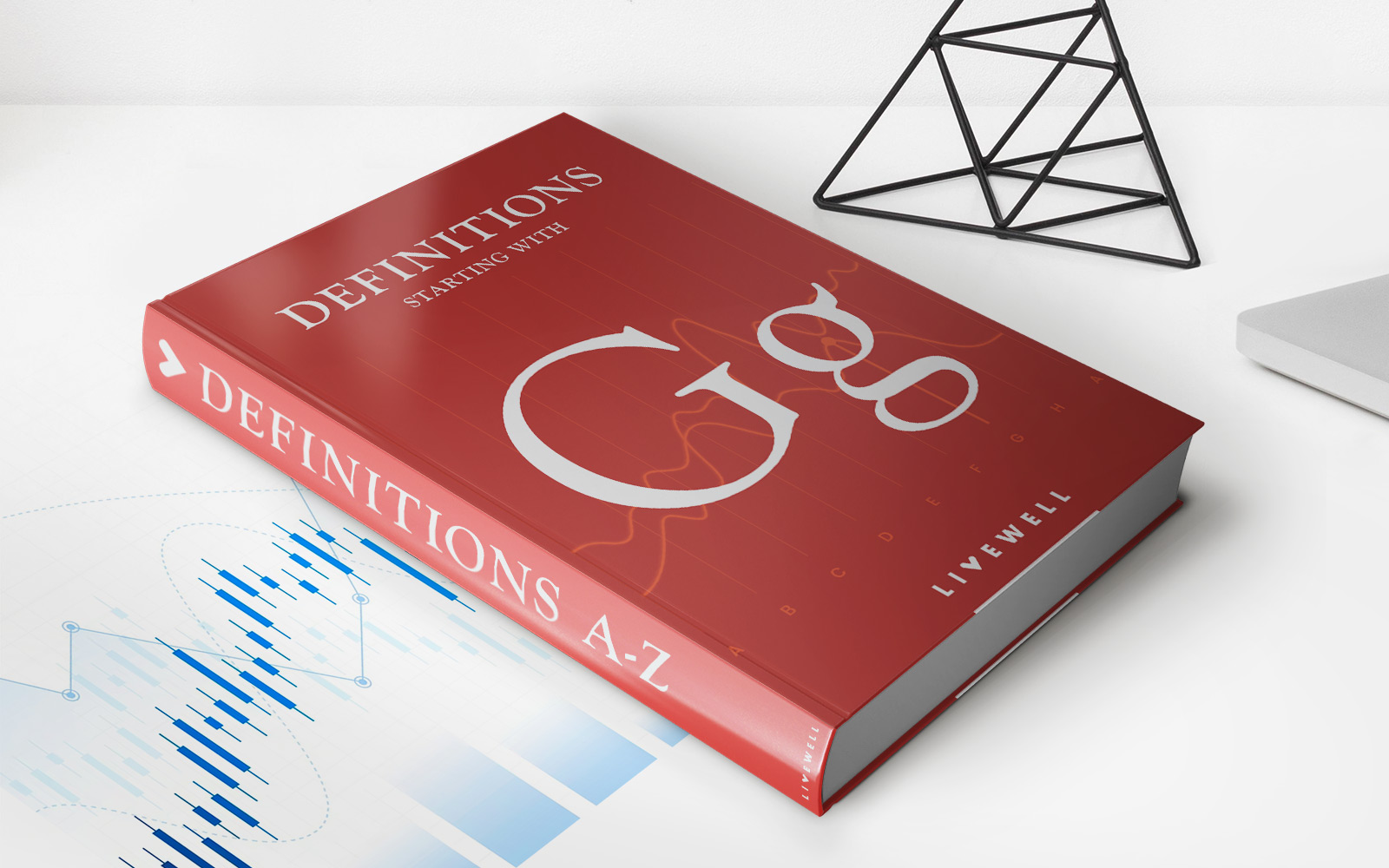Home>Finance>Parity Price: Definition, How It’s Used In Investing, And Formula


Finance
Parity Price: Definition, How It’s Used In Investing, And Formula
Published: January 6, 2024
Learn about parity price in finance, including its definition, how it's used in investing, and the formula. Gain insights into this important concept for informed financial decisions.
(Many of the links in this article redirect to a specific reviewed product. Your purchase of these products through affiliate links helps to generate commission for LiveWell, at no extra cost. Learn more)
The Parity Price: Definition, How It’s Used in Investing, and Formula
Welcome to our “FINANCE” category, where we provide valuable insights on various financial concepts. In this blog post, we will explore the concept of parity price, its importance in investing, and the formula used to calculate it. Whether you’re a seasoned investor or just starting out, understanding parity price will greatly enhance your financial decision-making skills. So, let’s dive in!
Key Takeaways:
- Parity price is a financial term used to describe the price at which a security, such as a bond or a stock, is trading in line with its intrinsic value.
- Investors use parity price to determine whether a security is overvalued or undervalued, helping them make informed investment decisions.
What is Parity Price?
Parity price is a fundamental concept in finance that refers to the price at which a security is trading in line with its intrinsic value. It is essentially the fair value of a security, indicating that it is not overvalued or undervalued in the market. When a security is trading at its parity price, the market perceives its current price as justified based on its underlying fundamentals.
Parity price is commonly used in the analysis of bonds and stocks. For bonds, it helps determine whether a bond is trading at a discount, at par, or at a premium. For stocks, it provides insights into whether a stock is undervalued or overvalued by comparing its market price to its intrinsic value.
How is Parity Price Used in Investing?
Investors use the concept of parity price to assess whether a security is a good investment opportunity. By calculating the parity price of a security, investors can compare it to the market price and identify potential mispricings. Here are a few ways investors use parity price in investing:
- Value Investing: Parity price is a key consideration for value investors. They look for securities trading below their parity price, as these are perceived to be undervalued and offer the potential for future gains.
- Arbitrage Opportunities: Parity price differences between related securities can create arbitrage opportunities. Investors can take advantage of these discrepancies by simultaneously buying and selling securities to profit from the price difference.
- Market Timing: Parity price analysis can help investors make better timing decisions. When a security is trading significantly above its parity price, it may be a signal to sell, while a security trading below its parity price may present a buying opportunity.
Formula to Calculate Parity Price:
The formula to calculate the parity price of a security may vary depending on the type of security being analyzed. Here are a few commonly used formulas:
- Bond Parity Price: Parity Price = (Coupon Payment / Yield to Maturity) * 1 – (1 / (1 + Yield to Maturity)^n) + (Face Value / (1 + Yield to Maturity)^n)
- Stock Parity Price: Parity Price = Dividends Per Share / (Required Rate of Return – Dividend Growth Rate)
These formulas provide a starting point for calculating parity price. However, it’s important to note that different factors may influence the formulas, such as market conditions, risk factors, and anticipated growth rates.
Conclusion
The concept of parity price is a fundamental tool in investing. By understanding and calculating parity prices, investors can make informed decisions about whether a security is overvalued or undervalued. Whether you’re a value investor, looking for arbitrage opportunities, or aiming to time the market effectively, considering parity price is crucial. So, next time you evaluate a potential investment, don’t forget to calculate the parity price!
We hope you found this blog post informative and insightful. Stay tuned for more articles in our “FINANCE” category as we cover a wide range of finance-related topics to enhance your financial knowledge.
